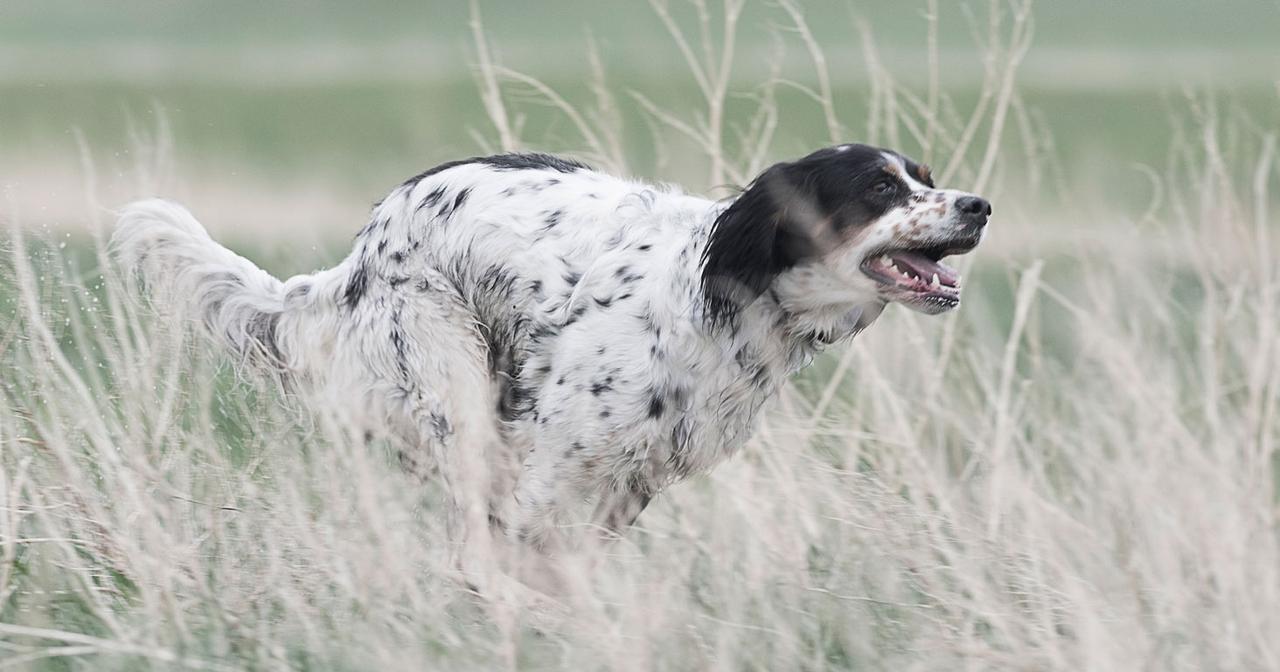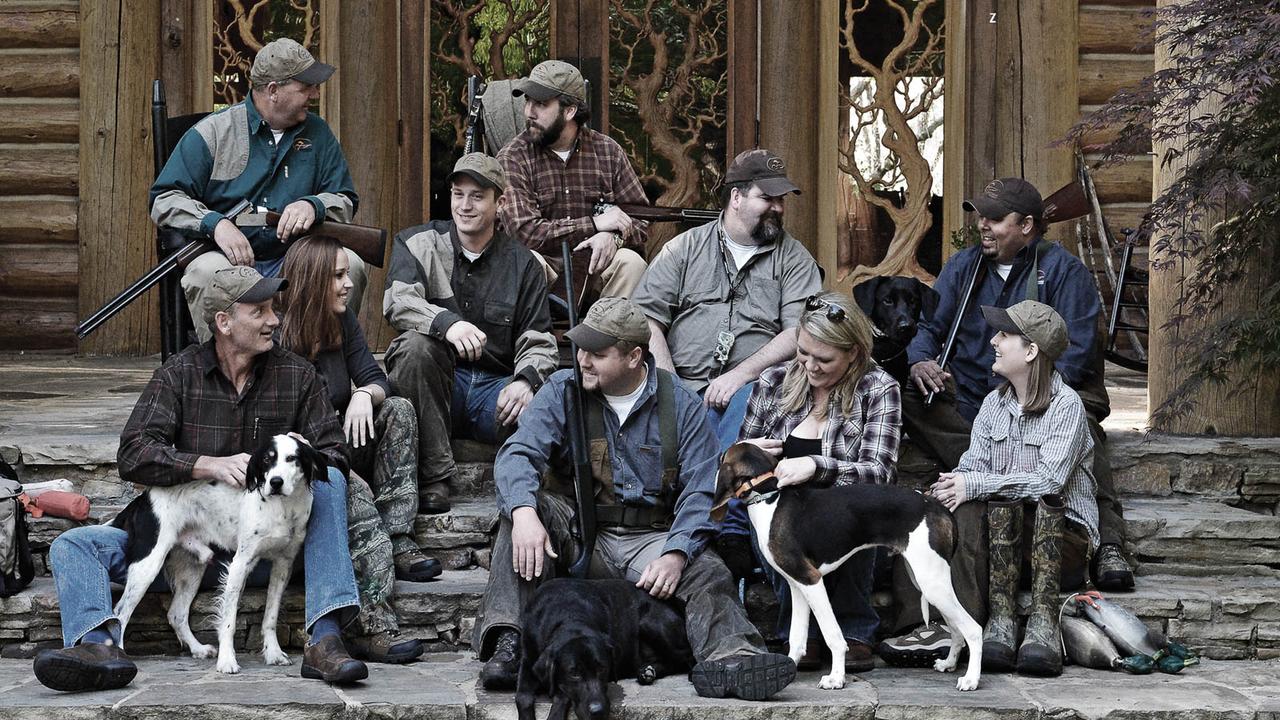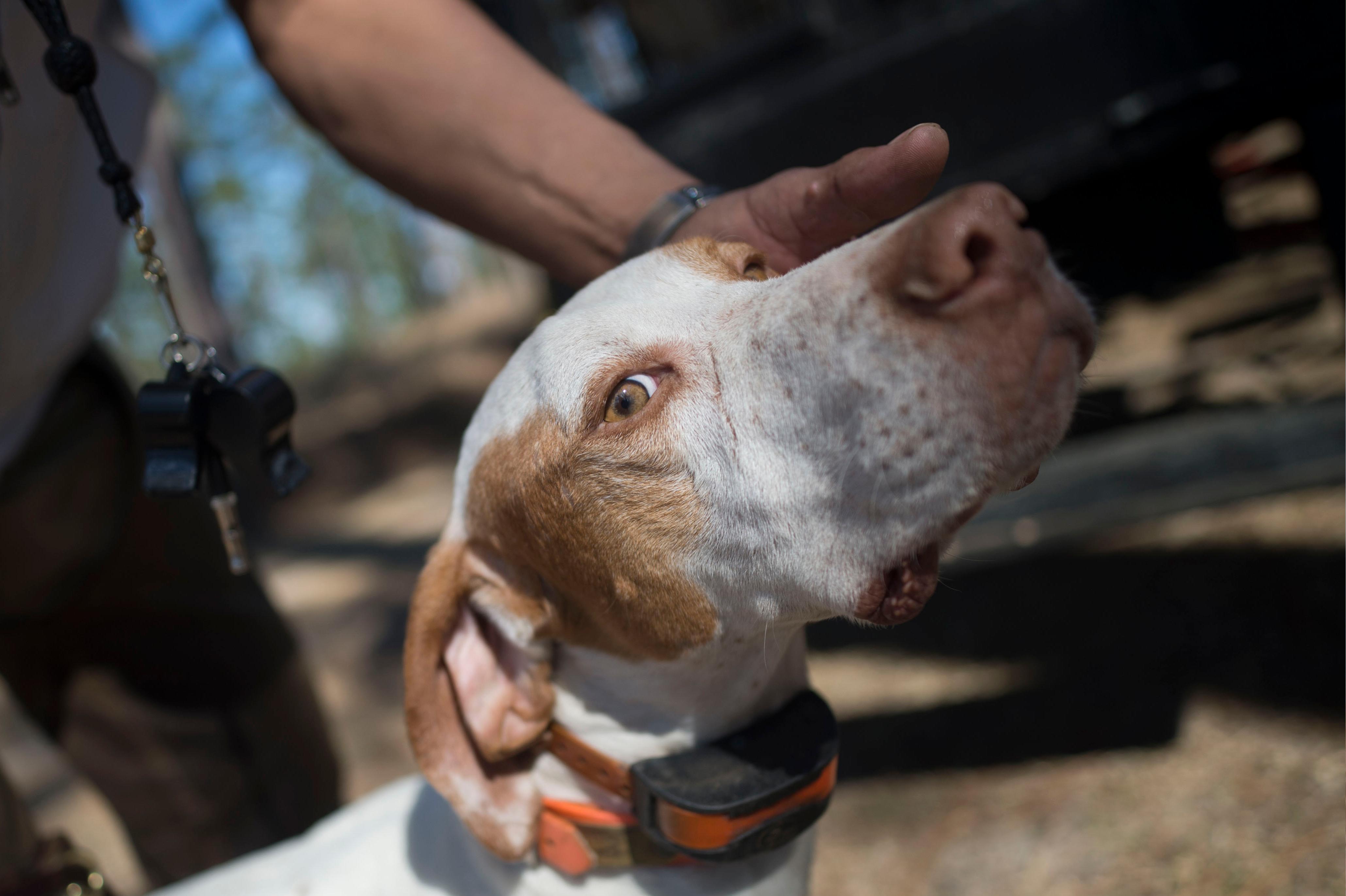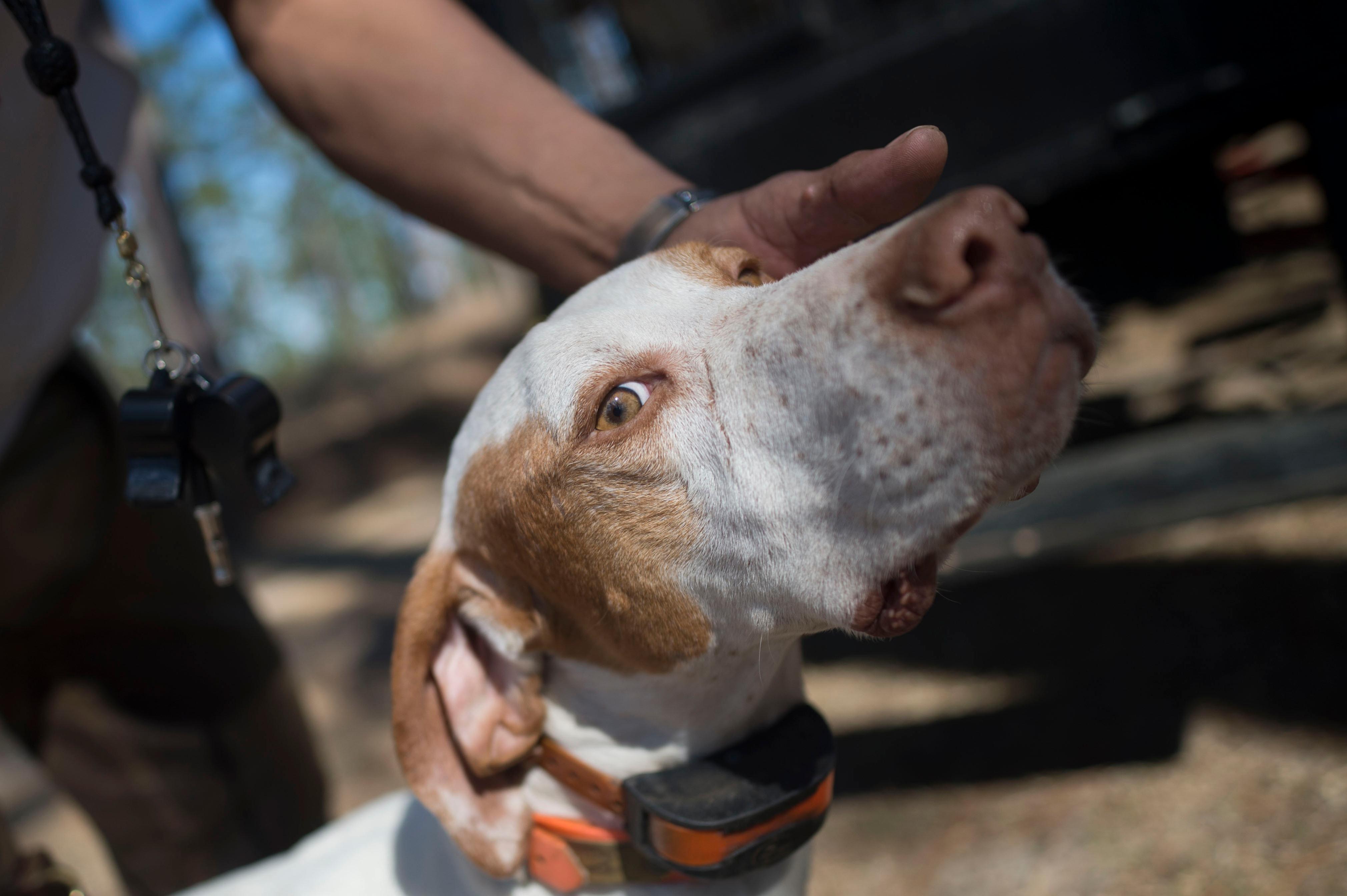
Building a First Aid Kit
Posted by The SportDOG StaffMy background is a bit different than many of the dog handlers on the SportDOG® ProStaff. I’m a tactical paramedic. I work with law enforcement and service dogs. In fact, I’ve never hunted with dogs. However, I’ve trained explosive-detection canines, and I specialize in cadaver dogs. Today, I teach canine handlers and emergency medical responders how to care for and treat dogs in emergency situations.
My emphasis is on dealing with injuries in the field, and the number one goal is to stabilize the dog until you can seek professional treatment. My canine first aid kit reflects this goal. With that in mind, one point I like to emphasize up front is that in an emergency, don’t be afraid to be a “MacGyver.” In other words, as long as what you are doing is working, it’s probably a good idea.
My canine first aid kit is also my personal first aid kit, because a kit for a dog is basically the same thing as a kit for a person. Most of the supplies have crossover use. When you think of it that way, it takes some of the mystery out of preparing for emergencies. One thing you don’t want to share, though, is a thermometer, because we take a dog’s temperature rectally! Many canine health emergencies are related to hyperthermia (too hot) or hypothermia (too cold), so that’s why the thermometer is so important. See my previous article on dealing with heat-related emergencies.
While the contents of a first aid kit might vary somewhat due to personal preferences, my advice is to start with your own personal kit and then add to it. If you already have a kit, I’d guess it includes bandages, tweezers, some compression wrap and some sort of disinfectant. Build on that. Again, there’s no reason to have two kits. Add that thermometer I mentioned, or better yet, add two. I suggest adding some extra gauze as well.
Some other contents I never leave home without include super glue and duct tape. If they can duct tape a NASCAR car together, you can certainly duct tape a dog. It’s cheap and it’s readily available. If your dog is cut up and you need to close him up right now, duct tape is probably a good option. You don’t need to buy expensive medical tape. It might not even stick in a situation where your dog is soaking wet, but duct tape sticks to pretty much everything.
Hydrogen peroxide is another good crossover item. It’s used for cleaning wounds, but if your dog ingests something that it shouldn’t, it also induces vomiting in canines. Use caution, though, because once you induce vomiting with hydrogen peroxide, there is no off switch. The dog is going to throw up until it throws up everything. Still, if you’re not sure what the dog just ate and you have a suspicion, it’s probably best not to risk your dog. I know I won’t. I’m going to make him throw up everything he ate. Be sure to consult with your veterinarian about the proper use of hydrogen peroxide in emergency situations.
Rubbing alcohol is another item that has double purpose. It can clean wounds, and you can use it to help cool your dog down because it evaporates faster than water, making it ideal in humid environments.
You can use human medication on dogs, too. Keep in mind when administering medication to dogs; they are like a 7-year-old with a super-fast metabolism. The medicine is absorbed and goes through their system faster than adults. Again, check with your vet so you understand the effects of various medicines and proper dosages. Pediatric Benadryl is something I always carry. It works great for mild allergic reactions. The common dose for dogs is 1 mg per pound, up to a maximum of 50 mg. The pediatric pills come in 25 mg doses, so most hunting dogs will probably get two pills.
I also keep buffered aspirin in my pack for pain. For dogs, it has to be buffered and it can only be used for short-term treatment. Long-term use can create ulcers in the dog’s stomach. Again, this is just for the short term to help the dog get through the pain on the way to the hospital.
Below is my basic first aid checklist. You may want to add to it, but with this basic list you are ready for short-term emergencies, both for yourself and your dog.
First Aid Check List
- Thermometer
- Travel size bottle of rubbing alcohol
- Travel size bottle of hydrogen peroxide
- Neosporin
- Several sizes of gauze pads (sterile and non-sterile)
- Duct tape
- Medical tape
- Trauma pad
- Super glue
- Alcohol prep pads
- Band-Aids
- Veterinary self-cling wrap
- Trauma shears
- Multi-tool with needle-nose pliers
- Knife
- Pediatric Benadryl
- Buffered aspirin
- Israeli pressure dressing (a great add-on option that can be found online)

The SportDOG Staff
Related Articles

First Aid for Your Hunting Dog - Video
by The SportDOG Staff
In this SportDOG Brand Training Tip (originally aired on Pheasants Forever Television) Dr. Joe Spoo,DVM explains the correct way to provide first aid care for your hunting dog while in the field. Emergency care for your gun dog in the field can prevent long term dog problems from developing.

Wound Care for Your Hunting Dog - Video
by The SportDOG Staff
In this SportDOG Brand Training Tip (originally aired on Pheasants Forever TV) Dr. Joe Spoo, DVM discusses the best way to care for your hunting dog's wounds. Dog injuries in the field are common in the sport, and can be effectively managed with a few simple tips.

Dealing with Hunting Dog Injuries
by The SportDOG Staff
Cuts are common in hunting dogs. Briars, barbed-wire, broken glass, or even sharp broken saplings can slice a dog’s skin as it hunts. Appropriate field care of wounds can decrease healing time and make the veterinarian’s job much easier. Remember the watchwords: flush, fill and wrap. Flushing Fresh cuts may look quite...

Dealing with a Heat-Related Emergency
by The SportDOG Staff
We lose more dogs to heat-related emergencies than almost any other. If you take preventive measures before heading out to the field, there’s much less of a chance your dog will get into trouble. But when a dog starts to show signs of heat stress, knowing how to deal with...

Quick Gun Dog Eye Exam - Video
by The SportDOG Staff
In this SportDOG Training Tip, (originally aired on Pheasants Forever Television) Dr. Joe Spoo, DVM discusses quick ways to examine the overall health of your hunting dog. This tailgate exam can help your gun dog avoid serious injury later. Checking your dog for symptoms or problems is an important part...
